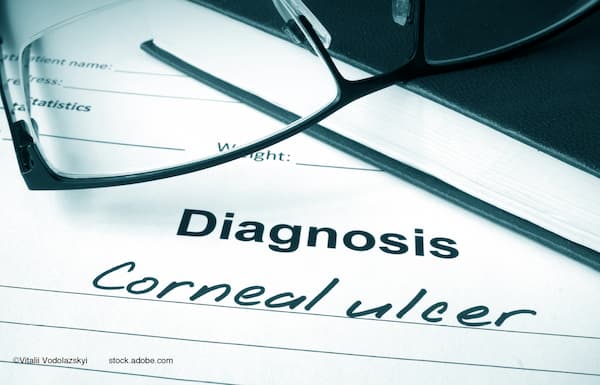Article
Bilateral treatment for mild-to-moderate hyperopia promising
Washington, DC — Good near and distance visual acuity may be achieved in mild-to-moderate hyperopia in patients using a bilateral treatment approach, reported Marguerite B. McDonald, MD, who spoke at a refractive symposium on hyperopia, conductive keratoplasty (CK, Refractec), and LASIK during the American Society of Cataract and Refractive Surgery annual meeting.
April 19 - Washington, DC - Good near and distance visual acuity may be achieved in mild-to-moderate hyperopia in patients using a bilateral treatment approach, reported Marguerite B. McDonald, MD, who spoke at a refractive symposium on hyperopia, conductive keratoplasty (CK, Refractec), and LASIK during the American Society of Cataract and Refractive Surgery annual meeting.
Dr. McDonald, clinical professor of ophthalmology, Tulane University School of Medicine, New Orleans, presented the results of a small retrospective case series in which patients with hyperopia were treated with CK for distance in one eye and hyperopic LASEK for near in the other eye with the VISX STAR S4 excimer laser.
The advantage of CK, a thermokeratoplasty technique used to reshape the cornea, is that it is less invasive than LASIK and can increase multifocality without the loss of contrast sensitivity, Dr. McDonald explained.
"Larger corrections are possible with CK," she continued. "It has less impact on dry eye than LASIK. There are no concerns regarding exposure in these small deep-set, hyperopic eyes. Useful vision returns within 3 to 5 days."
In this series of 16 patients, the preoperative mean uncorrected visual acuity in the CK eyes for distance was 20/50 (range, 20/20 to 20/80). At 3 months postoperatively, the UCVA for distance in the CK eyes was 20/20 or better in 70% of the eyes and 20/40 or better in 90%, she noted.
The near acuity in the CK eyes corrected for distance improved from J12 to J3 at 3 months postoperatively. In addition, there was no increase in cylinder in these eyes. In fact, 63% had no cylinder and 78% had less than 0.5 D of cylinder.
"There was a statistically significant change in higher-order aberrations (HOA) at 1 month. Everything returned to baseline at 3 months, except for spherical aberrations, which had a statistically significant improvement at 3 months," Dr. McDonald said.
In the eyes treated with alcohol-free LASEK for near, the mean UCVA was 20/25 (range 20/20 to 20/40). Half of these eyes had a near UCVA of 20/20 or better and were not corrected for near, Dr. McDonald said. The mean UCVA at distance in these eyes was 20/40. Forty percent of these eyes achieve better than 20/40 UCVA at distance postoperatively compared with only 12% preoperatively.
At 3 months postoperatively, the LASEK-treated eyes for near had no increase in cylinder and 75% had no cylinder at all. In addition, the HOA change at 1 month was statistically significant and then returned to baseline at 3 months, except for an improvement in spherical equivalent at both 1 and 3 months.
This combination approach provides hyperopic patients with excellent UCVA at near and distance and is especially useful if more than 2 D of vision correction is needed. This bilateral treatment is beneficial in terms of HOA. However, more study is need, Dr. McDonald said.
Newsletter
Don’t miss out—get Ophthalmology Times updates on the latest clinical advancements and expert interviews, straight to your inbox.




